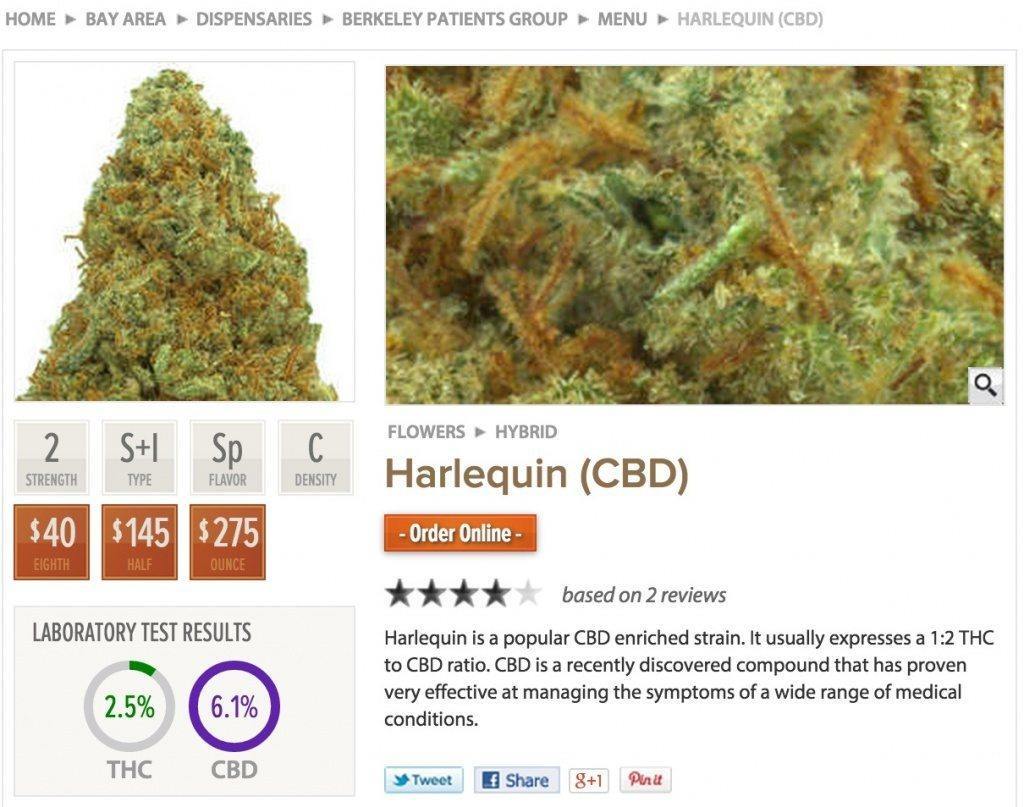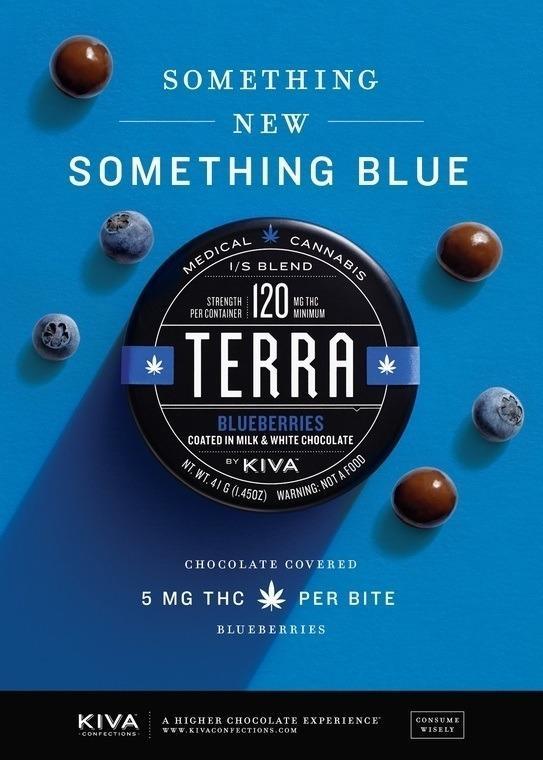WeedLife News Network
Hot off the press cannabis, marijuana, cbd and hemp news from around the world on the WeedLife Social Network.
6 minutes reading time
(1160 words)
Featured
Mild-strength marijuana is the future of pot

David Downs ~ SF Gate ~
Think of it as bud — light.

~
Despite the police headlines about increased potency, the legal marijuana landscape is actually becoming more mellow and mild thanks to the influence of moderate, mainstream consumers as well as state regulations.
These mild pot products now include: mints that pack a barely noticeable body buzz and unwind stress; pre-rolled joints with the strength of a craft beer; and topical rubs that zap shoulder pain without any high or danger of failing a drug test.
All three categories are taking marketshare in California, Colorado, Washington and other states with medical and adult-use cannabis laws. While the media cannot get enough stories of how potent pot can be — upwards of 30 percent — the real innovation is in the light and ultra-light sector, which appeals to far more consumers.
“In any kind of industry, it’s a bell curve. Everything is a bell curve,” said Amanda Reiman — a public health researcher at UC Berkeley and marijuana policy manager at Drug Policy Alliance. “The stuff in the middle doesn’t get the attention, or the stuff on the low end. It’s the stuff on the top standard deviation. It’s very rare and exciting to people.”
“It’s kind of like everclear. Everyone knows it exists, but who sits down with a bottle of everclear on a Friday night to get some relaxation?” she said. “As people become more sophisticated in their use this kind of thing will peter out.”
Only a tiny fraction of the population consumes cannabis daily, develops a tolerance to its effects, and a taste for super-potent pot. Daily heavy users, combined with higher black market profits for more potent bud, have driven production values up until legalization. Ironically, legalization has created room in the market for mild marijuana and even no-high, therapeutic pot.
“I would ask anybody who says all marijuana is high-potency marijuana to go and sit in a well-established dispensary in Colorado or place like California where it’s normalized and see what [customers] are choosing. They’re not choosing the 30 percent THC cannabis,” Reiman said.
The tired, police and counter-culture stereotype of a tie-dyed, long-haired, guitar-playing daily pot user is being supplanted by reality: cannabis use spans all income brackets, age groups and ethnicities. And the center of that mass market bell curve does not want a brownie with 100 servings of pot in it. Occasional users, older medical users, and regulators are now driving a different set of producers.
“We’re different when we’re 40 than when we’re 16,” said Reiman. “As adults, the goal isn’t necessarily to be intoxicated.”
Reiman said California’s mature medical marijuana market is already full of low-dose options. Best-in-class dispensaries carry a range of flowers with a dozen options in the low or no-THC category.
And there’s now products like Stokes’ Micros — honey lemon ginger, or watermelon flavored mints with five milligrams of pot’s main active ingredient THC. Five milligrams is half of a legal dose of THC as defined in Colorado. It won’t have much effect on a daily smoker, but is sought after by new patients, or busy professionals who want a functional buzz.
Stanford law professor Robert MacCoun, in a March paper, recommends states cap edibles potency at 10 milligrams per product. The state of Colorado is using a carrot and stick approach to encouraging edibles containing 10 milligrams per item.
Companies like topicals maker Xternal are counting on the greying of America and its attendant need for arthritis and back pain rubs and salves.
Kevin Reed, founder and operator of The Green Cross in San Francisco, is in the middle of major project to revamp its IncrediMeds edible line to include smaller-dose edible products like a ten milligram chocolate bar. The Green Cross also recommended in January that the San Francisco Department of Health cap edibles dosages at 150 milligrams.
“Times are changing and we are able to do so much more with product testing,” Reed wrote us in an email.
As for those top-shelf, 30 percent THC crystalline flowers — don’t fear, aficionados. To make an alcohol analogy: under prohibition, hard liquor ruled. Now, the legal market is adding light beer, ultra-light beer, craft beer, wine and a health drink section. There will still be great hard stuff, but consumers have more options.
“Similar to how the beer market has a ‘sessions beer’ there seems to be a subtle indication that as people are rediscovering cannabis or trying it for the first time, they want all the flavor, aroma and ritual without an intense sensation,” stated Joshua Hoffman for the San Francisco Patients Resource Center.
HOW TO BUY MILD MARIJUANA
1) Look for the THC levels
Whether in a medical or a recreational marijuana state, cannabis flowers, extracts or infused products should be lab-tested and labeled with the amount of THC — the main active ingredient in cannabis — often in milligrams or as a percentage of the dry weight of the flower buds.
2) Limit foods to five milligrams
Colorado recommends no more than five milligrams of THC for a novice user. That’s just one Stokes mint, or a Kiva espresso bean.
3) Or, avoid infused foods altogether
THC-laced food is hard to titrate because effects can take 90 minutes to two hours to be felt (with exception of cannabinoids absorbed through the mouth, which has an onset measured in minutes). Edibles’ effects can last anywhere from six to eight hours. Effects can also vary by body type, metabolism and last meal. By contrast, inhaled cannabis’ effects can be felt in seconds.
4) For flowers, go for low-THC, high-CBD
Cannabis flowers can test up to 25% THC, way too strong for the occasional consumer. Look for tested flowers that contain low amounts of THC, like anywhere from three to ten percent. Also, look for flowers high in cannabidiol (CBD), the second-most common active ingredient in marijuana. Anywhere from five to ten percent CBD is great, as CBD counters the euphoric effects of THC, and can decrease anxiety.
5) Consider vaping
It’s counter-intuitive, but a potent extract of cannabis like an oil, paired with a vaporizer pen allows for small, micro-dosing with onset of effects measured in seconds. It’s much tougher to overshoot your tolerance. Many vape pens come with anti-abuse circuitry that engages after a few seconds of battery use. By contrast, when puffing on a joint, people often feel pressure to smoke the whole thing to avoid “wasting it.”
~
Stay Informed
When you subscribe to the blog, we will send you an e-mail when there are new updates on the site so you wouldn't miss them.

